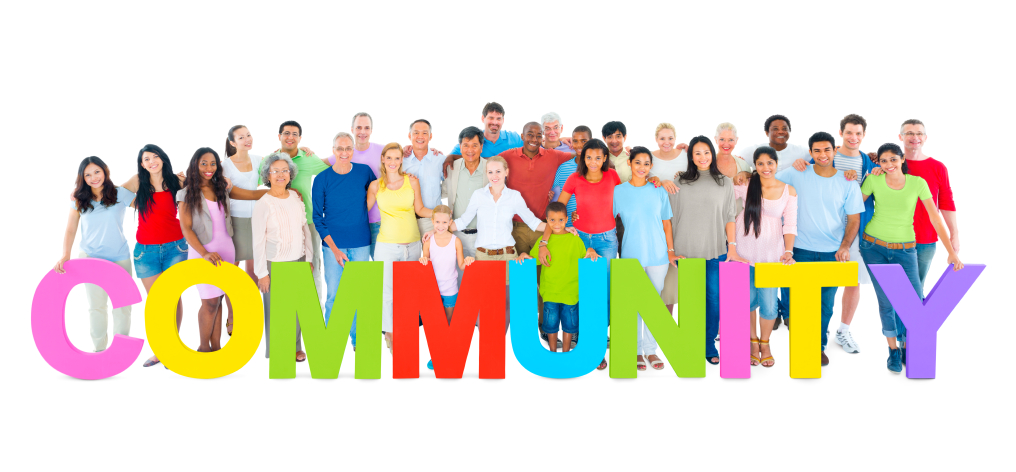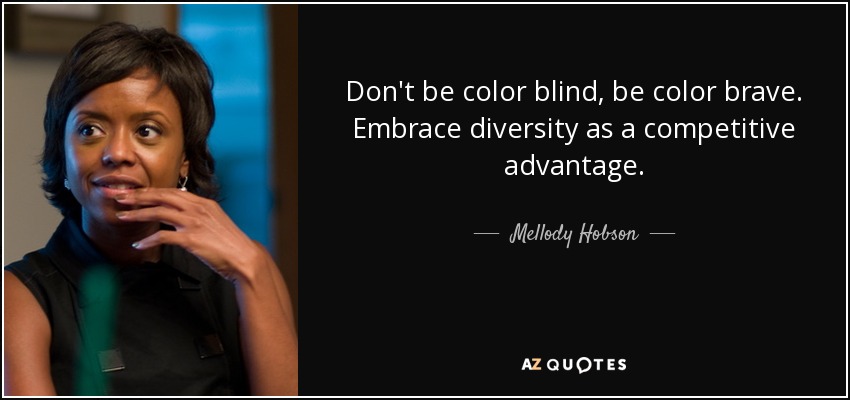"When I first started Rhode Island College, I was studying to be a elementary education major. I really enjoyed the major and what I was learning in all of my classes, which helped me be a better elementary education teacher. As time went on, I learned that I had to take the PRAXIS in order to be accepted into the teaching program, and that scared me a little bit. Granted, facing my fears, I took the test out of whim to see how I would do, and I failed all three areas of math (only by a few points), reading and writing. I was very discouraged by this, sincerely because it costed a good amount of money to take the tests, and I wasn't in the greatest financial situation at the time. So, through everything looming over my head, I decided to change my major. When trying to pick another major, I knew that I still wanted to work with kids, but didn't exactly know how I would be able to do that. Thankfully, two of my close friends were in this major called Youth Development. I had no idea what it was at the time, but after hearing my friends explain a bit about what the major entail, I was greatly interested and contacted the head of the major to see how I would go about and declare the major of youth development"
The previous paragraph above is my own elevator speech about how I was introduced and got involved in the major known as youth development. Every person that is now declared a youth development has some sort of backstory before picking youth development as a major, obviously unless they decided on youth development from the start. However, many people, whether it be from my own experience or hearing about other peoples' experiences, either drop the major they are currently in because they cannot see themselves doing that anymore, because they want to do something similar but not the same thing, or even because for reasons like mine. However, even though there are many reasons as to why people change from a previous major to a youth development major, it is obviously important to explore what youth development entails before just choosing the major just because it "sounds like a good one"
 |
| I found this youth tool wheel to be very inspiring because it shows the different aspects of youth to be looked at by youth workers in order for them to be successful mentors |
Going along with what was said above, youth workers can have several positions in society that can create jobs for them so that they can help the greater good. Looking at the picture above, youth workers can lead and plan youth programs, counsel and mentor youth, manage youth behavior, establish community and parent outreach, work in organizations as administrative staff, advocate for youth's rights as people, coordinate events for youth, supervise staff and volunteers of a youth organization, fundraise on behalf of youth or a youth organization and provide transportation for a youth organization. These are only a few of the jobs that can be provided by youth workers. At Rhode Island College, the Youth Development major is a branch of Education that also includes Social Work and Nonprofit Studies. These other two inclusive majors encourage as well as assist youth workers in exploring different fields of youth work. Youth workers do not have to stay in one secluded field, but can branch out from Education and explore opportunities in the Social Work and Nonprofit Studies fields. Youth workers will only continue to build experience from what they do and as the major grows, more profound opportunities will be established for youth workers, having youth workers being able to inspire and encourage youth in ways never thought imaginable.




























